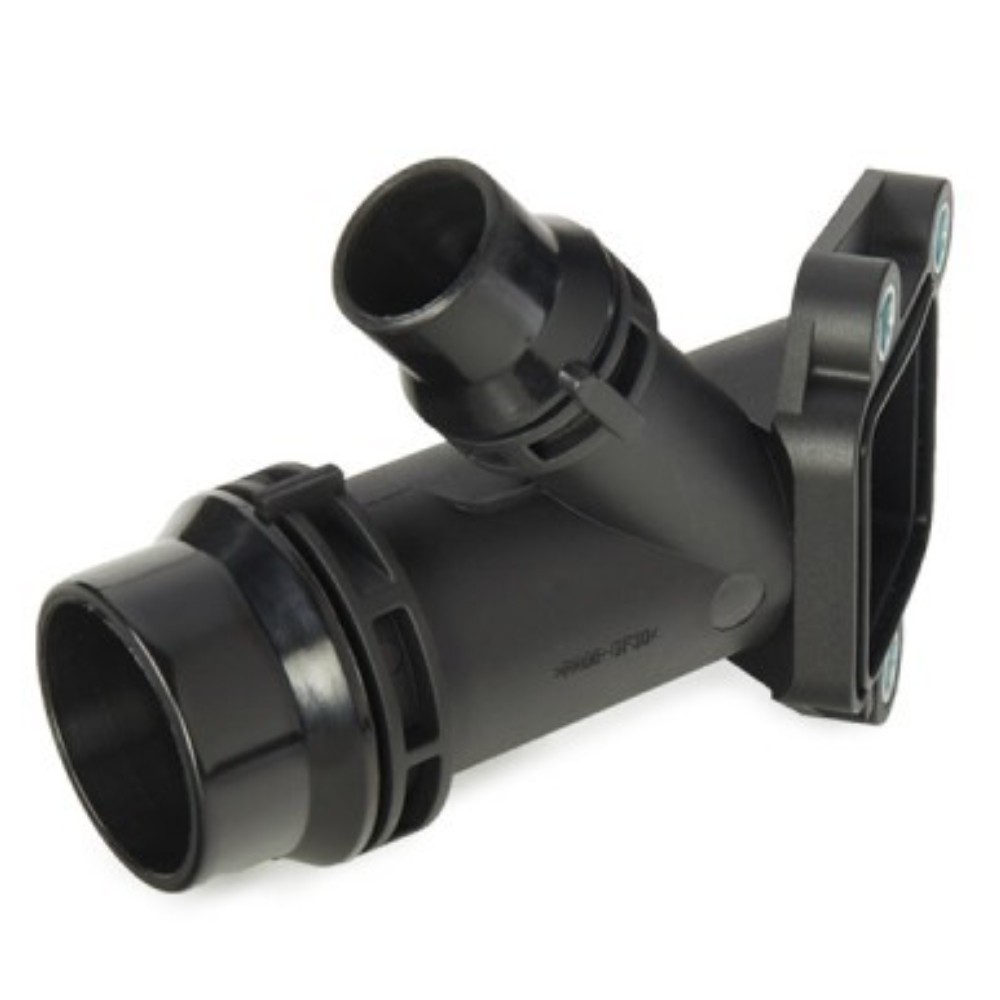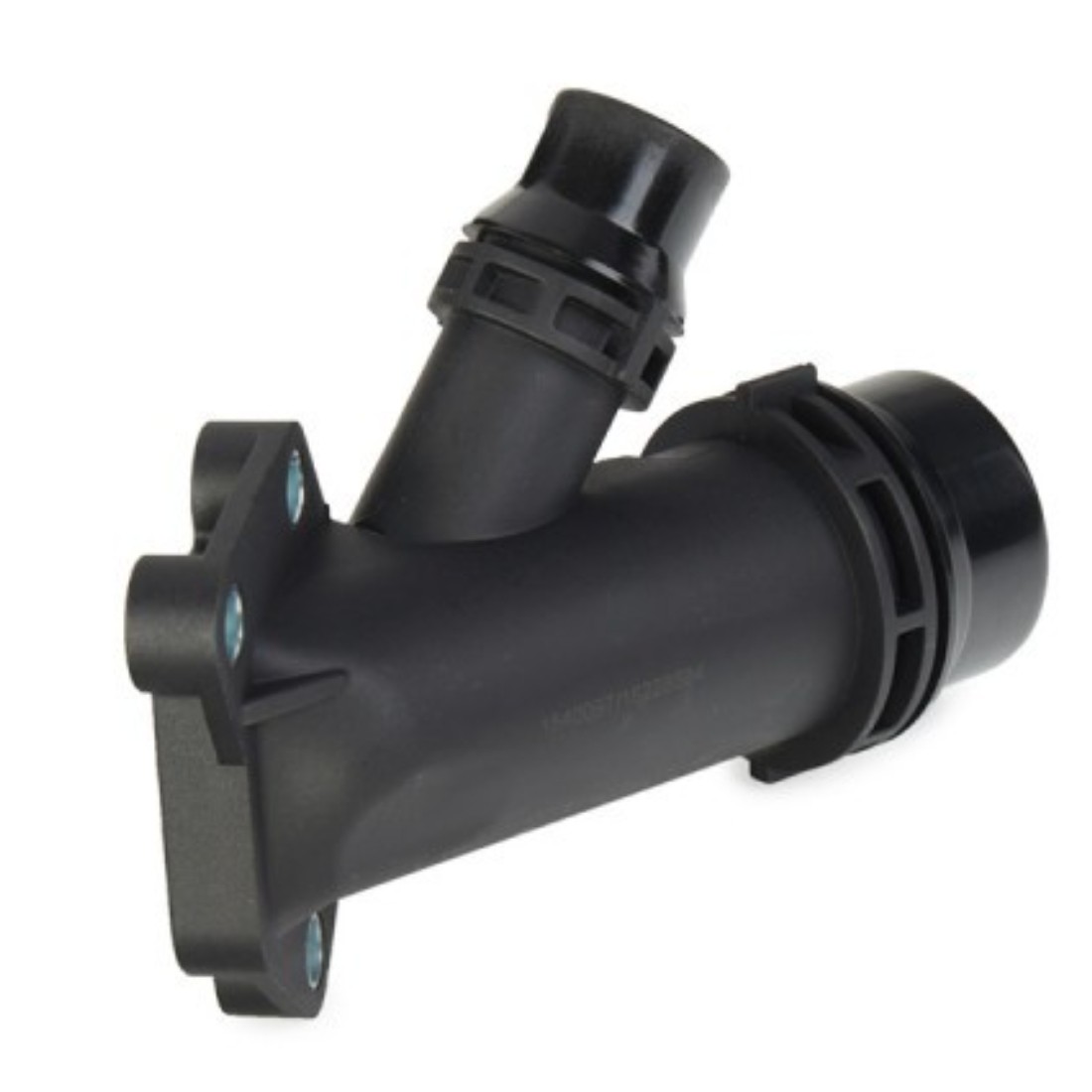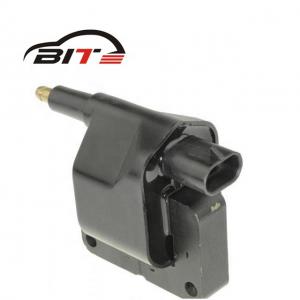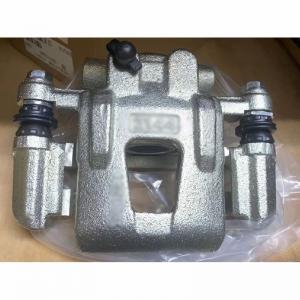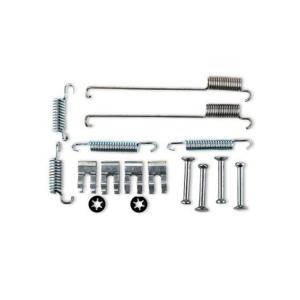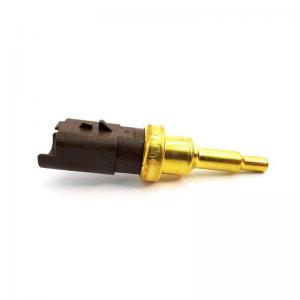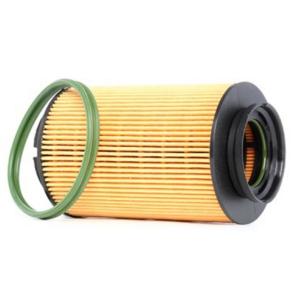Coolant Flange

The Coolant Flange is a key component in your vehicle’s cooling system, connecting various hoses and pipes to ensure the smooth flow of coolant throughout the engine. It plays a key role in regulating engine temperature by facilitating the transfer of coolant between the engine, radiator, and other parts of the cooling system.

OE Number
| 11122247744 |
| 11122247745 |
| 11127806196 |
Compatible Applications
| BMW 1 Hatchback (E81) (Year of Construction 09.2006 - 12.2011, 136 - 177 PS, Diesel) |
| BMW 1 Hatchback (E87) (Year of Construction 06.2004 - 06.2011, 122 - 177 PS, Diesel) |
| BMW 3 Compact (E46) (Year of Construction 09.2001 - 02.2005, 115 - 150 PS, Diesel) |
| BMW 3 Convertible (E46) (Year of Construction 02.2005 - 12.2007, 150 - 204 PS, Diesel) |
| BMW 3 Convertible (E93) (Year of Construction 03.2007 - 12.2013, 197 - 245 PS, Diesel) |
| BMW 3 Coupe (E46) (Year of Construction 03.2003 - 07.2006, 150 - 204 PS, Diesel) |
| BMW 3 Coupe (E92) (Year of Construction 03.2006 - 06.2013, 197 - 286 PS, Diesel) |
| BMW 3 Saloon (E46) (Year of Construction 04.1998 - 05.2005, 116 - 204 PS, Diesel) |
| BMW 3 Saloon (E90) (Year of Construction 12.2004 - 12.2011, 122 - 286 PS, Diesel) |
| BMW 3 Touring (E46) (Year of Construction 10.1999 - 05.2005, 115 - 204 PS, Diesel) |
| BMW 3 Touring (E91) (Year of Construction 12.2004 - 06.2012, 122 - 286 PS, Diesel) |
| BMW 5 Saloon (E39) (Year of Construction 08.1998 - 06.2003, 163 - 193 PS, Diesel) |
| BMW 5 Saloon (E60) (Year of Construction 09.2002 - 03.2010, 150 - 286 PS, Diesel) |
| BMW 5 Touring (E39) (Year of Construction 08.1998 - 05.2004, 163 - 193 PS, Diesel) |
| BMW 5 Touring (E61) (Year of Construction 03.2004 - 12.2010, 150 - 286 PS, Diesel) |
| BMW 6 Convertible (E64) (Year of Construction 07.2007 - 07.2010, 286 PS, Diesel) |
| BMW 6 Coupe (E63) (Year of Construction 07.2007 - 07.2010, 286 PS, Diesel) |
| BMW 7 (E38) (Year of Construction 08.1998 - 11.2001, 184 - 193 PS, Diesel) |
| BMW 7 (E65, E66, E67) (Year of Construction 06.2002 - 08.2008, 218 - 231 PS, Diesel) |
| BMW X3 (E83) (Year of Construction 09.2004 - 08.2010, 150 - 286 PS, Diesel) |
| BMW X5 (E53) (Year of Construction 04.2001 - 09.2006, 184 - 218 PS, Diesel) |
| BMW X5 (E70) (Year of Construction 12.2006 - 09.2008, 211 - 286 PS, Diesel) |
| BMW X6 (E71, E72) (Year of Construction 01.2008 - 07.2014, 245 - 286 PS, Diesel) |
Function
The primary function of a coolant flange is to act as a connector between various cooling system components, such as the engine block, hoses, and radiator. It ensures that coolant flows smoothly and efficiently, maintaining the engine’s optimal temperature. By securely holding and directing the flow of coolant, the coolant flange helps prevent overheating and ensures the engine operates within safe temperature limits.
Construction
Coolant flanges are typically constructed from durable, heat-resistant materials such as plastic, aluminum, or cast iron, depending on the vehicle's design and requirements. They are designed to withstand high temperatures and pressure, making them resilient to the extreme conditions found in the engine compartment. The flange features multiple outlets and inlets, each sealed with gaskets to ensure a leak-proof connection between the coolant hoses and the engine.
Types of Coolant Flanges
Engine Block Coolant Flange: This type of flange is mounted directly to the engine block, providing a direct path for coolant to circulate between the engine and the radiator.
Thermostat Housing Flange: This flange is connected to the thermostat housing, regulating the flow of coolant as it is released by the thermostat.
Importance
Efficient Cooling: By securely connecting the cooling system components, the coolant flange ensures a smooth flow of coolant, preventing engine overheating and maintaining a stable engine temperature.
Engine Longevity: Consistent coolant circulation prevents temperature spikes that can cause engine damage, leading to improved engine lifespan and performance.
Maintenance
Coolant flanges, while durable, can wear out over time due to exposure to extreme heat and pressure. Common signs of a faulty coolant flange include coolant leaks or cracks in the housing. Regular inspection of the coolant system is recommended to identify any issues with the flange before it affects engine performance.
Replacement
Replacing a coolant flange is a crucial part of cooling system maintenance. When replacing a coolant flange, it is important to ensure that the new part fits securely with the existing hoses and is compatible with the vehicle’s specifications. Gaskets and seals should also be checked and replaced to ensure a tight seal and prevent leaks.
In Summary
The Coolant Flange is a vital connector in the engine’s cooling system, ensuring efficient coolant flow and maintaining proper engine temperature. Its durable construction and precise function help protect the engine from overheating, extending its lifespan and ensuring optimal performance. Regular maintenance and timely replacement of a damaged coolant flange are essential for keeping the engine in good condition.
Send your message to us:


